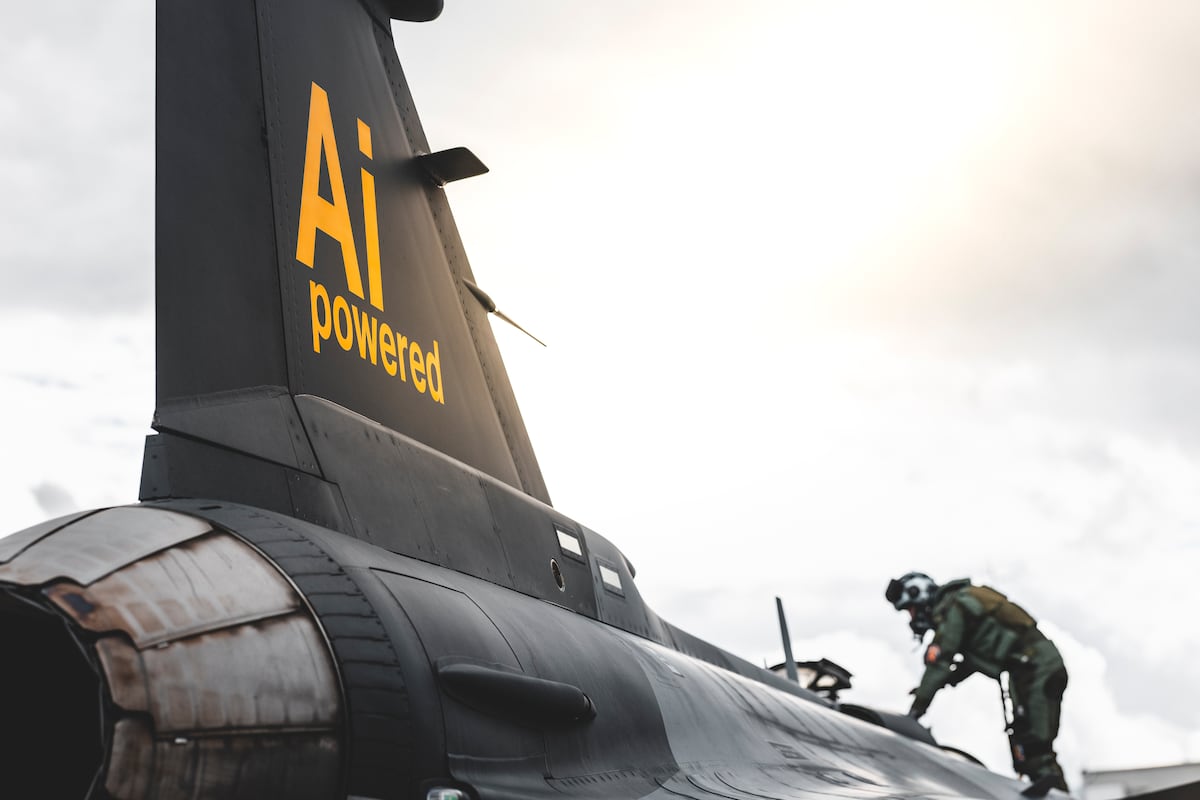



COLOGNE, Germany — Swedish warplane maker Saab and Germany-based Helsing sent a Gripen-E combat jet aloft in late May powered by an artificial-intelligence agent that took control of long-range flight maneuvers from the human pilot, the companies announced.
The series of three test flights above the Baltic Sea constitutes the first time that an AI application was in charge of real-world maneuvering, recommending missile shots at a Gripen training aircraft from a distance and evading disadvantageous flight paths that could turn dicey in a closer dogfight, executives told reporters in a June 10 call.
The integration of of Helsing’s Centaur AI pilot into the Gripen took merely six months and was made possible by the jet’s avionics architecture, which separates hardware and software elements for rapid integration of third-party capabilities, said Johan Segertoft, head of Saab’s Gripen business unit.
The combination of Gripen-E with Centaur is market-ready, according to Saab, though an expected amount of additional development limits the utility to “mature” customers of the jet variant at this point.
To prepare for the test flights, engineers let the Centaur AI pilot compete against itself in a Gripen simulator environment, according to Helsing Vice President Antoine Bordes.
According to the company’s math, the prep work produced the equivalent of 50 years of human pilot experience.
The Swedish government is indirectly onboard with the experimentation by way of co-funding it under the Project Beyond program, a key tech marker for the country’s air force in charting a course toward a new warplane after the Gripen.
Sebastian Sprenger is associate editor for Europe at Defense News, reporting on the state of the defense market in the region, and on U.S.-Europe cooperation and multi-national investments in defense and global security. Previously he served as managing editor for Defense News. He is based in Cologne, Germany.
